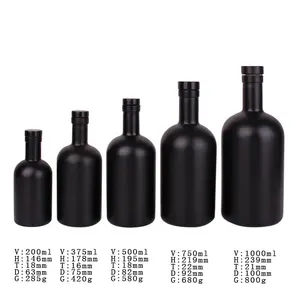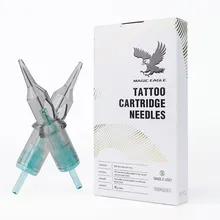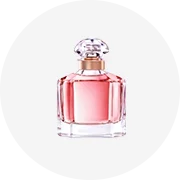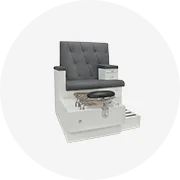About products and suppliers
Descubre el nuevo con usted. mezcal botella negra en alibaba.com. Borra líneas finas, arrugas u círculos oscuros usando. mezcal botella negra de vendedores y fabricantes de renombre. Estas. mezcal botella negra puede rectificar todos los signos reveladores que hacen que sus años sean evidentes.
Nadie puede retroceder el reloj para usted, pero. mezcal botella negra de alibaba.com puede ayudarlo a revertir sus efectos. mezcal botella negra trabajo disponible en líneas fruncidas, líneas de preocupación, pies de cuervo, cejas caídas, área del templo, Arrugas de mejillas, arrugas periorales, óvalo facial, líneas marionetas, remodelación de la barbilla y mucho más. Actúan como agentes aligeradores, hidratantes, revitalizantes y antienvejecimiento. Borra tus círculos oscuros y cicatrices para lograr un aspecto impecable y uniforme. También puede beneficiarse del contorno y la remodelación de los labios. Aparte del rejuvenecimiento facial. mezcal botella negra también puede lograr el levantamiento de senos y el aumento de glúteos.
mezcal botella negra en stock están disponibles en diferentes volumen y fuerza, según la aplicación requerida . Los productos están en forma de gel o inyectable en polvo, que contiene una multitud de agentes de refuerzo y reparación de la piel. Obtenga resultados notables en un corto período de tiempo con soluciones no invasivas en forma de. mezcal botella negra . Eliminan cualquier preocupación y le otorgan un brillo juvenil natural que dure una duración razonable. Los. mezcal botella negra son MSDS, GMP, CE, ISO13485 certificados. Eleve su factor de sentirse bien con la cantidad justa de resplandor y exuberancia.
Si usted es un cosmetólogo o una esteticista experta, puede obtener fenomenal. mezcal botella negra y trata en alibaba.com. Mantenga felices a sus consumidores y sus billeteras. Compre ahora, y no se arrepentirá de haber tomado esta decisión.







































 浙公网安备 33010002000092号
浙公网安备 33010002000092号 浙B2-20120091-4
浙B2-20120091-4